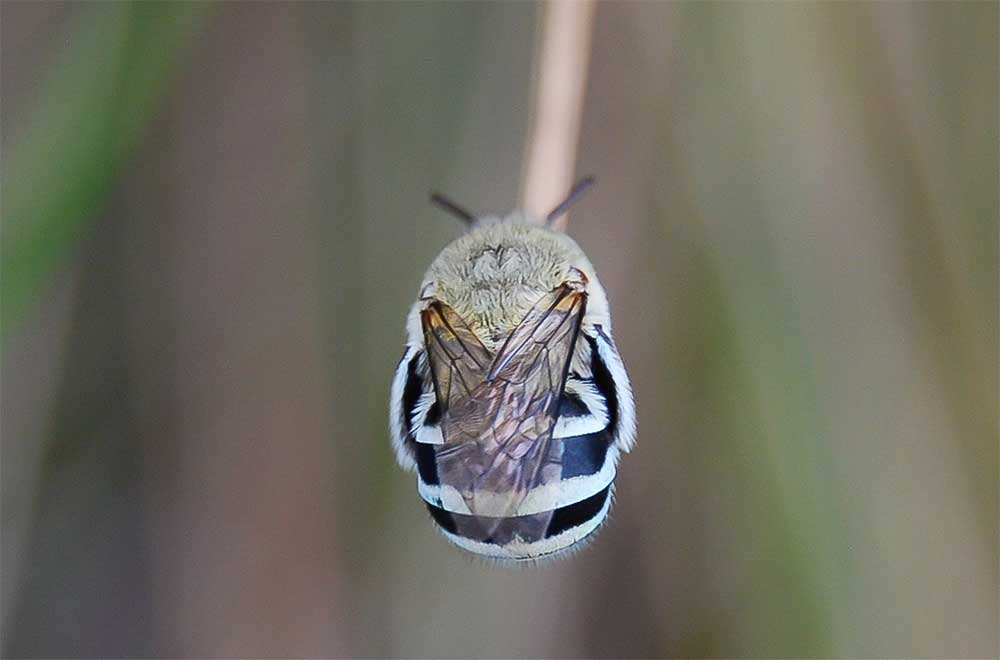-
Tips for becoming a good boxer - November 6, 2020
-
7 expert tips for making your hens night a memorable one - November 6, 2020
-
5 reasons to host your Christmas party on a cruise boat - November 6, 2020
-
What to do when you’re charged with a crime - November 6, 2020
-
Should you get one or multiple dogs? Here’s all you need to know - November 3, 2020
-
A Guide: How to Build Your Very Own Magic Mirror - February 14, 2019
-
Our Top Inspirational Baseball Stars - November 24, 2018
-
Five Tech Tools That Will Help You Turn Your Blog into a Business - November 24, 2018
-
How to Indulge on Vacation without Expanding Your Waist - November 9, 2018
-
5 Strategies for Businesses to Appeal to Today’s Increasingly Mobile-Crazed Customers - November 9, 2018
Australian Bees are Heavy Metal Artists, They Bang Heads to Pollinate
The researchers combined several techniques, including audio recordings and high-speed video, to compare the native blue-banded bees’ tomato-pollinating prowess with another species commonly used in Australia for pollinating tomato plants, the North American bumblebee (Bombus impatiens). “We were so buried in the science of it, we never thought about something like this”, said Dr. Sridhar Ravi, lead researcher of the study.
Advertisement
“Our earlier research has shown that blue-banded bees are effective pollinators of greenhouse tomatoes”, Hogendoorn said.
The violent shaking of head causes vibrations similar to the motion of salt and pepper shaker and helps dislodge and disperse polling grains, a process necessary for the reproduction of flowers.
The researchers said they were “absolutely surprised” by the findings and argued the results, which will soon appear in the journal Arthropod-Plant Interactions, could open the door to improving the efficiency of certain crop pollination as well as better understanding of such things as muscular stress and the development of miniature flying robots.
To the naked eye, it’s nearly impossible to see the head banging – since its done up to 350 times a second.
Bees bang heads to cross-pollinate so they spend less time with each flower.
The researchers, for the first time, have filmed the bees banging their head while getting pollen out of a flower. This was done at a rate of 350Hz, versus 240Hz for the North American bee. The bee disengages its wings and uses that energy elsewhere.
As the bee’s common name suggests, its abdomen is banded by metallic blue stripes, strikingly different from the yellow and black stripes usually found on honeybees. While scientists knew Australian blue-banded bees performed buzz pollination, it was believed they employed the same method as bumblebees. “This new finding suggests that blue-banded bees could also be very efficient pollinators – needing fewer bees per hectare”.
Advertisement
Dr Hogendoorn and her colleagues found the blue-banded bee gets the pollen by banging its head on the flower’s anthers at a staggering 350 times a second. “This is something totally new”, Katja Hogendoorn from the School of Agriculture, Food and Wine of the University of Adelaide said, according to Science Daily.




























